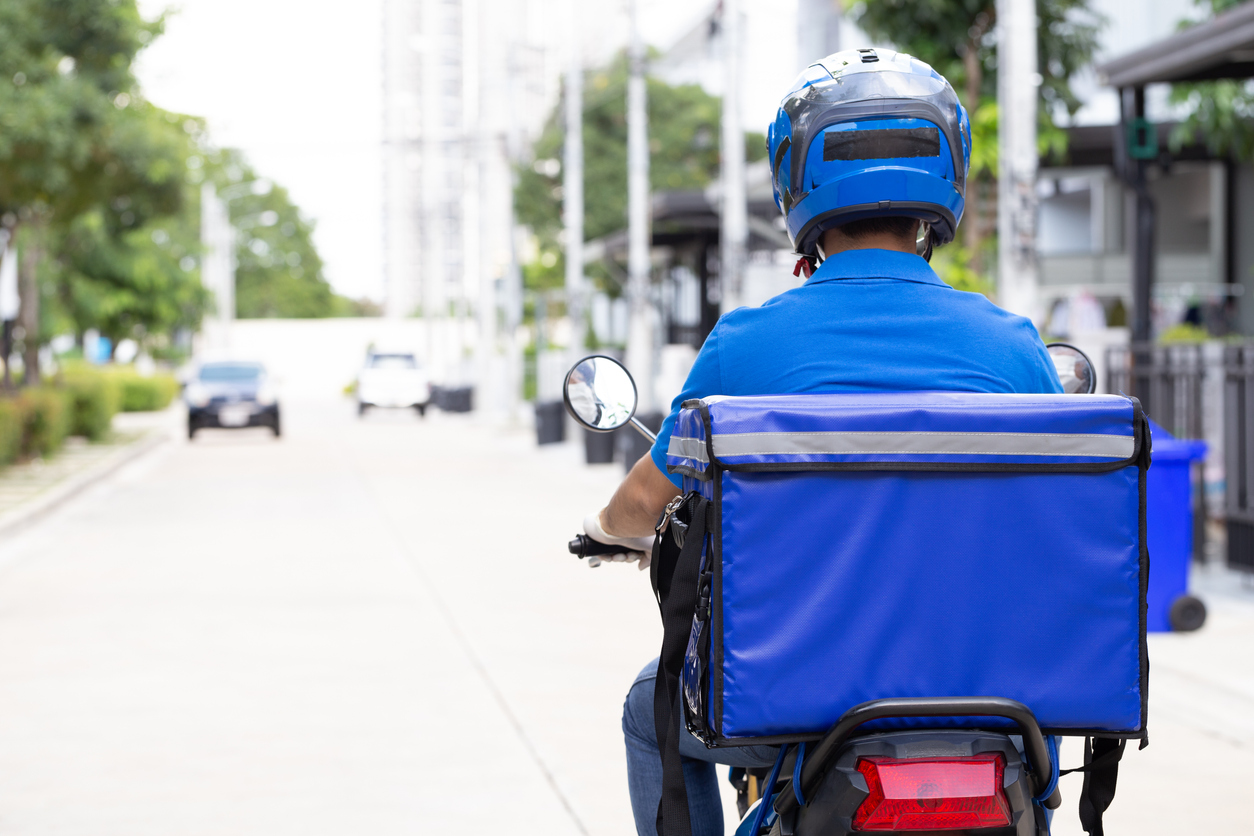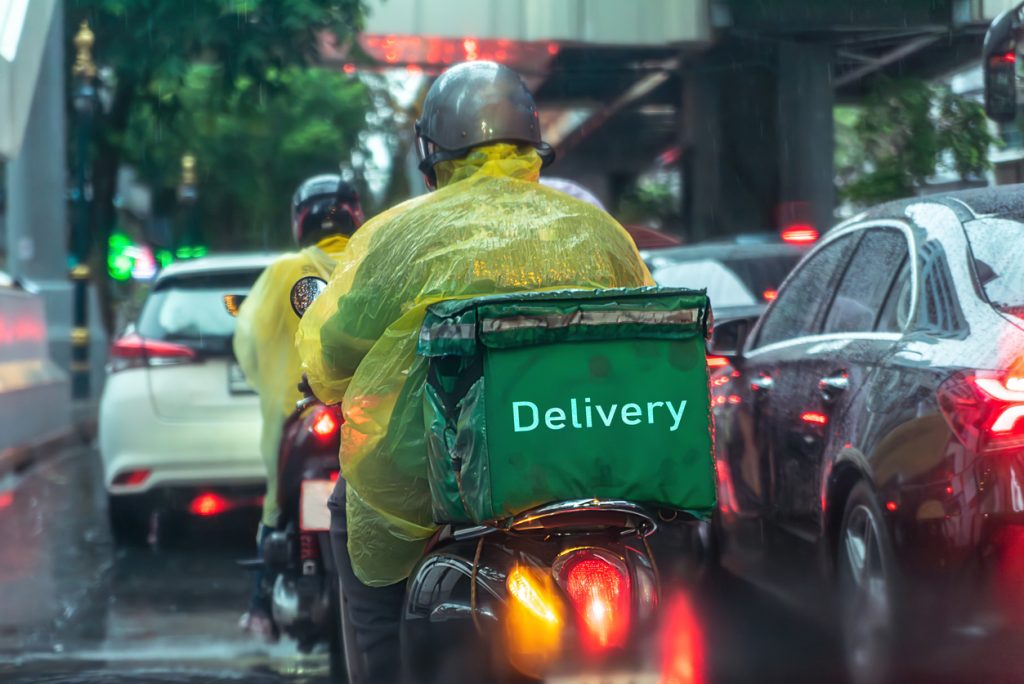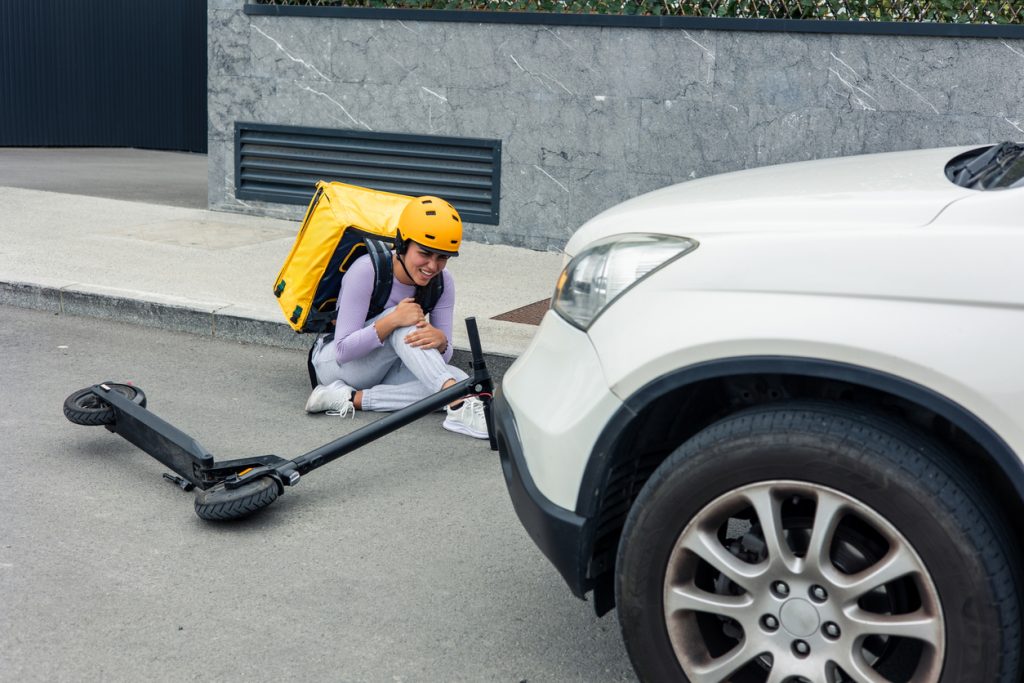- 5 Oct 2025

Determining who is responsible for a collision involving a delivery vehicle is rarely straightforward. Proving Georgia delivery driver accident liability requires more than pointing to a driver’s mistake. Liability can extend to multiple parties, including delivery companies, third-party contractors, and sometimes even vehicle manufacturers. Establishing fault demands careful analysis of state negligence laws, application of employer liability principles, and presentation of strong supporting evidence.
This discussion examines how liability is determined in Georgia delivery driver crashes, the evidence typically needed to prove responsibility, and the strategies that help build a compelling claim.
The Legal Foundation of Georgia Delivery Driver Accident Liability
Georgia law requires every driver to operate their vehicle with reasonable care. When delivery drivers fail to uphold this duty—whether by speeding, driving distracted, or violating traffic regulations—they may be held accountable. However, Georgia delivery driver accident liability often extends beyond the individual.
Employers and contracting companies may share responsibility under doctrines like respondeat superior, which holds employers accountable for the actions of their workers performed within the scope of employment. This principle is particularly important in the context of delivery services where drivers are frequently on the road fulfilling job-related duties.
At the same time, independent contractor arrangements can complicate liability assessments. Delivery companies sometimes argue that their drivers are independent contractors to avoid responsibility. Courts in Georgia analyze the level of control the company exerts over the driver’s schedule, vehicle, and work methods to determine whether employer liability applies.
Establishing Fault Under Georgia Negligence Laws
To prove Georgia delivery driver accident liability, plaintiffs must show that negligence directly caused their injuries. Negligence requires four elements: duty, breach, causation, and damages.
Delivery drivers owe a duty of care to others on the road. If that duty is breached—by texting while driving, ignoring stop signs, or driving fatigued—the breach may constitute negligence. The plaintiff then must connect the driver’s actions to the crash and prove damages, whether in the form of medical bills, lost wages, or pain and suffering.
Georgia applies a modified comparative negligence rule. If the injured party is found less than 50% responsible for the collision, they may recover damages reduced by their percentage of fault. This means evidence must not only establish liability against the delivery driver or company but also defend against claims of shared responsibility.
Common Scenarios Leading to Georgia Delivery Driver Accident Liability
Delivery-related crashes often involve unique risks. Speeding to meet strict deadlines, improper loading of cargo, or distracted driving while searching for addresses are frequent contributors. The rise of gig-economy delivery services has also led to an increase in inexperienced drivers navigating busy urban areas with constant time pressure.
Employer policies can further complicate liability. Companies that encourage unrealistic delivery quotas or fail to enforce rest breaks may bear indirect responsibility for accidents caused by fatigued or reckless driving. Proving these connections is central to a successful liability claim.
Evidence Crucial to Proving Georgia Delivery Driver Accident Liability
Courts rely heavily on evidence to assign responsibility in accident cases. Proving Georgia delivery driver accident liability often requires a combination of driver records, employer documentation, and expert testimony. Accident reports and eyewitness statements establish the immediate facts of the crash, while electronic logging devices or GPS data may reveal driving patterns and schedules.
In cases involving commercial vehicles, maintenance logs and inspection reports are also valuable. Poor vehicle upkeep can shift liability to the company that failed to ensure roadworthiness. If defective parts are identified, product liability claims may arise against manufacturers.
Medical documentation provides the link between the accident and the victim’s injuries. Without medical evidence, it is difficult to prove damages, even if liability is clear. Plaintiffs must compile comprehensive records to strengthen their case.
Employer Liability and the Scope of Employment
One of the most contested issues in Georgia delivery driver accident liability cases is whether the driver was acting within the scope of employment when the crash occurred. If the driver was actively making deliveries or traveling between assignments, employer liability is more likely. However, if the driver had deviated for personal errands, courts may find the company is not responsible.
Georgia courts evaluate the driver’s activities at the time of the accident to determine if they were performing job-related duties. This distinction is critical for establishing whether a claim can be pursued against the company, which generally has more financial resources than an individual driver.
The Role of Insurance in Georgia Delivery Driver Accident Liability
Insurance coverage plays a central role in determining the outcome of delivery accident claims. Many companies maintain commercial liability policies that cover their employees’ accidents. However, when drivers are classified as independent contractors, insurance disputes frequently arise.
Some drivers rely on personal auto insurance policies, which may exclude coverage for commercial use of a vehicle. This creates gaps in coverage that can complicate compensation for victims. Understanding how policies interact is crucial in proving Georgia delivery driver accident liability and securing adequate recovery.
Comparative Fault and Defenses Against Liability
Defendants often argue that the injured party’s own negligence contributed to the accident. In Georgia, if a plaintiff is found 50% or more at fault, they cannot recover damages. This makes comparative fault arguments a powerful defense.
To counter these claims, plaintiffs must present compelling evidence showing the delivery driver’s primary responsibility. Evidence such as dashcam footage, cellphone records, or employer tracking data can help demonstrate that the driver’s negligence outweighed any minor errors by the plaintiff.
Courtroom Standards for Proving Georgia Delivery Driver Accident Liability
In litigation, plaintiffs carry the burden of proof. Courts require evidence that shows, by a preponderance of the evidence, that the driver or company was more likely than not responsible. This standard is lower than the criminal threshold of “beyond a reasonable doubt,” but it still demands careful documentation and persuasive presentation.
Expert testimony often plays a role in delivery accident cases. Accident reconstruction specialists may demonstrate how the collision occurred, while industry experts can testify about company practices that contribute to unsafe driving. Together, these elements strengthen claims of Georgia delivery driver accident liability.
Legal Precedent and Regulatory Standards
Georgia delivery accidents do not occur in a vacuum. Courts look to established case law and regulatory frameworks when determining liability. Federal Motor Carrier Safety Administration (FMCSA) rules apply to many commercial delivery vehicles, imposing strict standards on driver hours, vehicle maintenance, and safety practices.
Violations of these rules can provide strong evidence of negligence. For instance, exceeding maximum driving hours without rest can demonstrate reckless conduct. Plaintiffs who uncover such violations through discovery can significantly bolster their claims. For reference, the Federal Motor Carrier Safety Administration provides updated regulations at fmcsa.dot.gov.
For claimants, understanding liability principles is only one part of the process. Guidance from established legal analysis is often necessary to apply these principles effectively. Resources such as this discussion on Georgia delivery driver accident liability provide valuable context for identifying potential defendants and navigating legal complexities.
External resources, including federal and state government materials, also support claims by clarifying safety regulations and enforcement standards. These sources strengthen arguments by grounding them in recognized authority rather than opinion.
Why Proving Georgia Delivery Driver Accident Liability Is Complex
Every delivery accident presents unique circumstances. Some involve drivers directly employed by large corporations, while others involve gig workers navigating under independent contracts. Insurance disputes, employer defenses, and comparative negligence arguments all contribute to the complexity of establishing liability.
The plaintiff’s challenge is to untangle these overlapping issues and present a clear narrative of responsibility. This requires consistent evidence, a strong understanding of negligence law, and recognition of the regulatory standards governing delivery services.
Conclusion
Proving Georgia delivery driver accident liability involves more than identifying who was behind the wheel. Liability may extend to employers, contractors, and even product manufacturers, depending on the facts of the case. Evidence such as accident reports, employer policies, and federal safety violations can play a decisive role in securing recovery.
Because Georgia applies comparative negligence rules, establishing liability requires not only demonstrating the driver’s fault but also minimizing claims of shared responsibility. By drawing upon legal precedent, regulatory standards, and well-documented evidence, plaintiffs can strengthen their cases and hold accountable those responsible for delivery-related accidents.
Recent posts
- 5 Oct 2025
- 3 Oct 2025
- 3 Oct 2025
Categories
- Accident & Injury Law (54)
- AI (1)
- Copyright Law (1)
- Criminal & Civil Law (17)
- Disability Law (2)
- Driving Law (2)
- Employment Law (1)
- Estate Planning (2)
- Family & Relationship Law (29)
- Food and Drink (2)
- Gas Exposure (1)
- Health (1)
- Immigration Law (2)
- Injury Claim (1)
- Insurance Law (7)
- Legal (40)
- Lemon Law (4)
- Mediation (3)
- Medical Malpractice (1)
- Property & Business Law (9)
- Severance Agreement (1)
- Travel and Leisure (1)
- Uncategorized (8)
- Worker Compensation (2)



